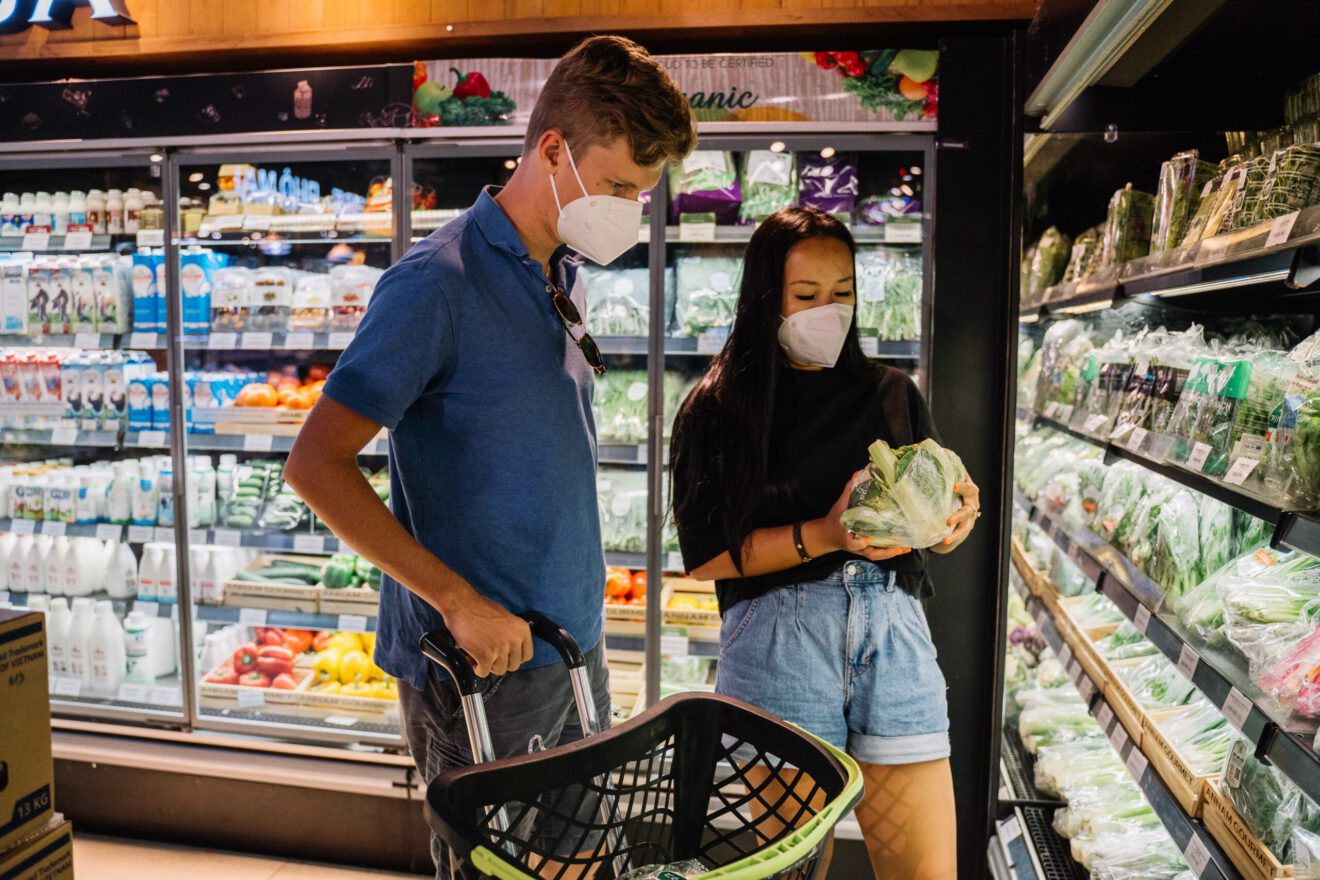A year unlike any other in our lifetimes, the coronavirus health crisis dominated the headlines as it upended American lives and livelihoods. Throughout most of 2020, COVID-19 has been the source of so much distress and disruption to consumers and businesses alike. It shows no signs of diminishing and, undoubtedly, its effects will be felt well into 2021.
With such an exhaustive list of ways consumers and companies had to change and adapt because of the pandemic, we wanted to highlight here what we believe is the singular finding from our work over the course of the year in tracking consumers’ changing behaviors as they’ve had to adjust to the realities of the ongoing COVID-19 pandemic: the renewal of esteem for America’s food stores and their frontline employees.
Grocery stores continue to anchor food sourcing strategies
The Hartman Group’s Food Sourcing in America July/August 2020 report finds that despite (and in many ways because of) the sweeping changes in how consumers shop brought on by the COVID-19 pandemic, grocery stores continue to anchor food sourcing strategies for most Americans.
Food retailers and their frontline workers have done more than an admirable job adapting to a constantly changing environment, all the while providing consumers with the staples they’ve needed to keep pantries stocked and households fed.
While online-only and mass discount retailers with an omnichannel approach were poised to seize consumers looking to avoid brick-and-mortar stores, many grocery stores were able to pivot their services successfully and retain existing customers by serving them in new ways.
In addition, in their long-standing role as centers of local communities, grocery stores enjoy a high level of familiarity and trust among their shoppers, which many strengthened further through quick action in implementing new safety policies to keep shoppers and staff safe.
Since the onset of COVID-19 in March, consumers have viewed primary food stores as their health and wellness allies. According to the Hartman/FMI U.S. Grocery Shopper Trends COVID-19 Tracker, October 1 –9, 2020 report, the percentage of Americans who believe their primary food store is “on their side” for “helping me and my family stay healthy” has remained above 60%.
Already evident is the crisis’s role as a catalyst for engagement with health and wellness, although it is distinct from other health challenges consumers have navigated.
Our Food Sourcing in America July/August 2020 report finds that despite a spectrum of feelings — from seeing shopping as a much-needed escape from the house to considering it a newly stressful experience — 91% of shoppers at grocery say their store continues to serve them as well or better than before the pandemic started.
Most households are seeing significant change to their shopping, cooking and eating routines. Engaging in comfort food consumption for emotional well-being, consumers are also proactively stocking pantries for physical health.
Over the course of the year, it’s been fascinating to watch how food retailers have really just risen to the occasion in fulfilling the critical role of providing shoppers access to food and serving their communities in new creative ways. This alone is really an important factor to pay attention to — and honor the efforts that these companies and their workers are doing.
Related stories:
- Grocers innovate to make life easier for home cooks
- How are consumer drinking habits affecting restaurants, grocers?
- How businesses are feeding the cravings of the comfort- and convenience-centric consumer
As CEO of The Hartman Group, Demeritt drives the vision, strategy, operations and results-oriented culture for the company’s associates as The Hartman Group furthers its offerings of tactical thinking, consumer and market intelligence, cultural competency and innovative intellectual capital to a global marketplace.
